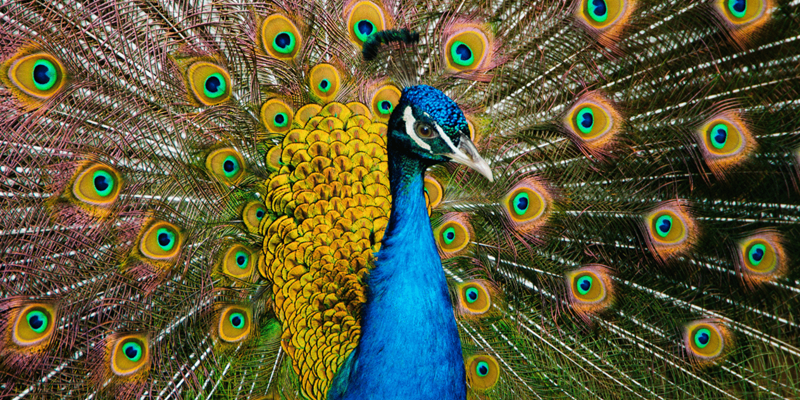India’s wilderness is one of the most remarkable natural treasures on Earth. From the dense forests of central India to the Himalayan foothills and the wetlands of the east, the country boasts an extraordinary range of habitats that support a dazzling variety of wildlife. Among the most iconic residents of these landscapes are the majestic tiger and the vibrant peacock, both symbolic of the richness of India’s biodiversity. Exploring this incredible natural world reveals why India is considered a wildlife enthusiast’s paradise.
The Iconic Tiger: Guardian of India’s Forests
The tiger is not only India’s national animal but also a symbol of strength, grace, and survival. With more than 70 percent of the world’s tiger population, India plays a vital role in global conservation efforts. These big cats roam across several national parks and reserves, with Bandhavgarh National Park standing out as one of the best places to witness them in their natural habitat. Bandhavgarh is famous for having a lot of tigers. It gives tourists a unique chance to see these beautiful animals as they quietly move through the bushes or rest in the shade of sal trees.
Beyond their visual appeal, tigers are critical to maintaining ecological balance. As apex predators, they help regulate prey populations, which in turn sustains healthy vegetation and diverse ecosystems. Their presence is a sign of a thriving, well-protected forest.
The Graceful Peacock: Colors of the Wilderness
While the tiger symbolizes power, the peacock represents beauty and vibrancy. Declared India’s national bird, the peacock is admired for its dazzling plumage and elaborate courtship dances. Found across the subcontinent, peacocks thrive in grasslands, scrub forests, and agricultural fields. They often add a splash of color to the wilderness, their iridescent feathers shimmering under the sunlight.
Peacocks also play a cultural and spiritual role in India. Revered in mythology and folklore, they are often associated with deities and traditional celebrations. Their calls echo through villages and forests, making them an inseparable part of India’s natural and cultural identity.
Beyond Tigers and Peacocks: A Rich Biodiversity
India’s wilderness extends far beyond these two iconic species. The country is home to elephants, leopards, rhinos, and wild dogs, along with countless species of deer, antelope, reptiles, and birds. Each region supports its own unique wildlife. For example:
- The wetlands of Assam shelter the endangered one-horned rhinoceros.
- The Gir Forest in Gujarat is the last refuge of the Asiatic lion.
- The Himalayas host elusive snow leopards and red pandas.
This incredible diversity underscores the importance of conservation efforts across different terrains and ecosystems.
Bandhavgarh National Park: A Jewel of Central India
Among all the reserves, Bandhavgarh National Park deserves special mention. Located in Madhya Pradesh, it is not only famous for its thriving tiger population but also for its rich historical and cultural heritage. Ancient caves, temples, and inscriptions scattered across the park tell stories of a bygone era, blending history with wilderness.
Beyond tigers, Bandhavgarh is home to leopards, sloth bears, jackals, and over 250 bird species. Safari experiences in the park offer travelers a chance to witness both predators and prey, creating unforgettable moments of raw nature. Bandhavgarh’s diverse flora, including bamboo thickets and sal forests, provides a lush setting for wildlife to flourish.
The Importance of Conservation
Despite its richness, India’s wilderness faces constant threats from deforestation, poaching, and human encroachment. Conservation programs, such as Project Tiger, have been pivotal in reviving tiger populations and safeguarding natural habitats. Local communities, too, are playing an increasing role by participating in eco-tourism and sustainable practices that benefit both wildlife and livelihoods.
Bandhavgarh and other reserves highlight how conservation success stories are possible when awareness, protection, and community involvement align. Preserving these treasures ensures future generations can continue to marvel at the beauty of tigers, peacocks, and countless other species.
Conclusion
From the silent power of the tiger to the radiant display of the peacock, India’s wilderness is a celebration of nature’s diversity. National parks like Bandhavgarh National Park stand as symbols of this richness, offering glimpses into a world where history and wildlife coexist. Protecting these natural wonders is not just about saving species—it’s about preserving the soul of India’s heritage and ensuring the survival of ecosystems that sustain life.










